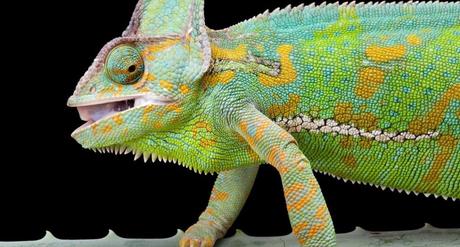
Reptiles are a class of cold blooded animals that include snakes, lizards, turtles, and crocodiles. They are known for their scaly skin and ability to lay eggs on land.
These animals have been around for millions of years and have evolved to survive in diverse environments all over the world.
They are found on every continent except Antarctica and play important roles in their respective ecosystems as both predators and prey. Despite their cold-blooded nature, reptiles have unique adaptations that allow them to thrive in their environments and make them fascinating creatures to study.
What is a Cold Blooded Reptile?
A cold blooded reptile is an animal that cannot regulate its own body temperature and relies on external sources, such as the sun, to warm its body. This is different from warm-blooded animals, which can keep their body temperature the same no matter where they are.
For example, a desert-dwelling lizard will bask in the sun during the day and retreat to a cooler area at night. This adaptation allows them to conserve energy and survive in hot environments.
Another example is a sea turtle that lays its eggs on land but spends most of its life in the ocean, adapting to both aquatic and terrestrial environments. This adaptation allows the sea turtle to be a successful predator in the water while also being able to reproduce on land.
Examples of Cold Blooded Reptiles
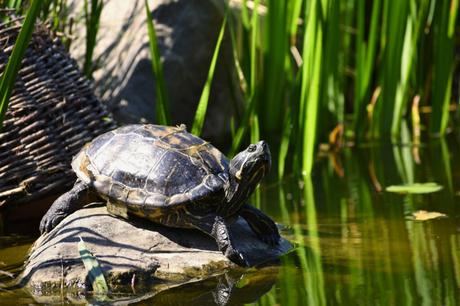
Turtles are one of the most well-known examples of cold blooded reptiles. They can be found in a variety of habitats, from freshwater ponds to oceanic environments. Some species, such as the leatherback sea turtle, can even tolerate colder temperatures and can be found in the Arctic. Turtles are known for their hard, protective shells and their slow, deliberate movements on land and in water.
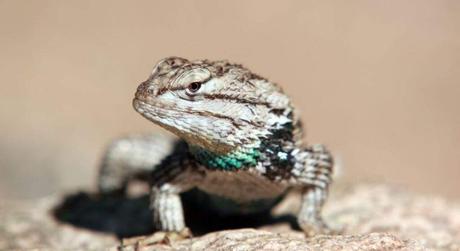
Lizards are another type of cold-blooded reptile that can be found in a wide range of environments, from deserts to rainforests. They are known for their long, slender bodies and their ability to move quickly and gracefully.
Some species, such as the chameleon, are famous for their ability to change color to blend in with their surroundings.
Lizards are also known for their sharp claws and teeth, which they use to catch prey and defend themselves against predators.
Overall, cold blooded reptiles like turtles and lizards are fascinating creatures that have adapted to a wide range of environments.
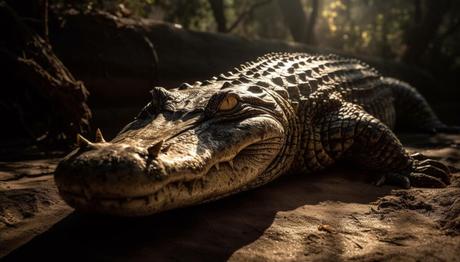
Alligators are another type of cold blooded reptile that can be found in freshwater environments such as swamps, rivers, and lakes. They are known for their large, powerful jaws and their ability to hunt both in and out of the water.
Alligators are also known for their tough, scaly skin, which provides protection from predators and the environment.
Despite their fearsome reputation, alligators are an important part of their ecosystem and play a vital role in maintaining the balance of their habitat.
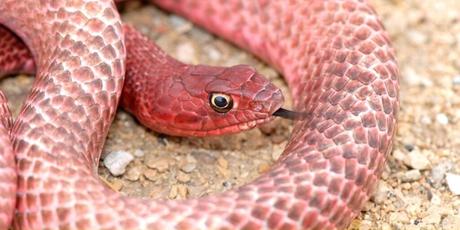
Snakes are perhaps the most widely recognized and feared of all cold-blooded reptiles. They are known for their long, slender bodies and their ability to slither and move quickly through a variety of environments. Snakes come in a wide range of sizes and colors, and they are found in virtually every part of the world.
While some species of snakes are venomous and pose a danger to humans, the majority of snakes are harmless and play important roles in their ecosystems as both predators and prey.
Despite their often misunderstood nature, snakes are fascinating creatures that have captured the imagination of humans for centuries.
Cold Blooded Reptiles Characteristics.
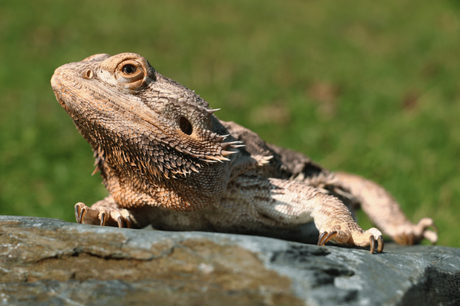
In addition to their unique physical characteristics, cold-blooded reptiles share several common traits that distinguish them from other animals.
Temperature Regulation
One of the most notable characteristics of cold blooded reptiles is their inability to regulate their own body temperature. Unlike warm-blooded mammals, which can maintain a constant internal temperature regardless of the environment, cold-blooded reptiles rely on their surroundings to regulate their body temperature.
This means that they are most active during warm, sunny weather and become sluggish or dormant during cold periods. While this may seem like a disadvantage, it actually allows them to conserve energy and survive in environments where food and resources may be scarce. Additionally, some species of cold-blooded reptiles have developed unique adaptations to help them
Another common trait among cold blooded reptiles is their unique life cycles. Most reptiles lay eggs, and the eggs must be incubated outside of the mother's body. The length of incubation varies depending on the species and environmental conditions, but it can range from a few weeks to several months.
Once the eggs hatch, the young reptiles are on their own and must fend for themselves. Some species, such as turtles, have a long lifespan and can live for decades or even centuries. Others, such as certain species of lizards, have a much shorter lifespan and may only live for a few years or a decade at most. Genetics, environment, and diet are just a few examples of the factors that affect a species' lifespan.
One of the reasons that reptiles have such varied lifespans is due to their metabolism. Cold blooded reptiles have a much slower metabolism than warm-blooded animals, which means they don't need as much food or energy to survive.
This can be an advantage in harsh environments where food is scarce, but it also means that they are slower and less active than warm-blooded animals. However, some reptiles have evolved to have a faster metabolism than others, which allows them to be more active and move faster.
This can be seen in species like snakes, which need to be quick and agile to catch their prey, and in lizards, which use their speed to escape from predators.
Another factor that affects the lifespan of reptiles is their behavior. The environment has a significant impact on cold-blooded reptiles, and they frequently modify their behavior as a result.
For example, during colder months, reptiles may hibernate or become less active in order to conserve energy. On the other hand, during warmer months, they may become more active and seek out food and mates.
Additionally, some reptiles have developed unique behaviors to help them survive in their environment, such as camouflage or burrowing.
These behaviors can greatly impact their chances of survival and ultimately affect their lifespan.
In summary, cold blooded reptiles have a number of unique characteristics that govern their biological processes and affect their lifespan. Their metabolism, thermoregulation, and behavior all play important roles in how they thrive in their environment.
For instance, reptiles may hibernate or modify their behavior to conserve energy during colder months and develop behaviors such as camouflage or burrowing to enhance their chances of survival.
